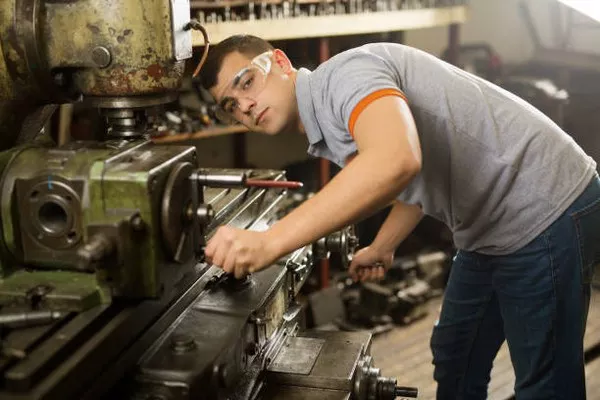Wind energy stands as a crucial pillar of sustainable, clean power in the United States. Yet, the manufacturing of wind turbine blades has remained largely a manual process, with much of this industry outsourced to low-cost labor markets overseas. To bolster and secure this vital sector on American soil, automation is deemed indispensable. This shift toward automation not only promises cost-effective production but also a broader adoption of wind power across the nation.
The US Department of Energy (DOE) is taking a pivotal step in this direction with a grant of $2,849,000 to the Composites Manufacturing Simulation Center at Purdue University and its esteemed industry partners. This collaborative effort includes Thermwood Inc., TPI Composites Inc., Dassault Systèmes, Dimensional Innovations, and Techmer PM.
The DOE-backed initiative, titled “Additive Manufacturing of Modular Tools with Integrated Heating for Large-Scale Wind Blade Manufacturing,” is under the guidance of Eduardo Barocio, who serves as the director of the Composites Additive Manufacturing and Simulation (CAMS) Industrial Consortium.
The primary objective of this program is to lay the groundwork for automating the manufacturing of tooling for large-scale wind blades, capable of accommodating continuous changes in blade geometry and scale. This transformation will be achieved through modular construction, with modules being 3D printed using carbon fiber/thermoplastic composites. This technology leverages extrusion deposition additive manufacturing, initially developed at the DOE’s Manufacturing Demonstration Facility located at the Oak Ridge National Laboratory.
Specific targets of this program include the development of a module design for wind blades that are equal to or greater than 80 meters in length. Furthermore, the initiative aims to reduce the time required for manufacturing and assembling wind blade tooling by at least 40% compared to traditional methods. It also seeks to enhance tool performance by a minimum of 15%, effect a weight reduction of at least 25% over conventional tools, and lower the manufacturing cost of wind blade tools by at least 35%.
Eduardo Barocio, who also leads the Thermwood LSAM (Large-Scale Additive Manufacturing) Research Lab, envisions these automation technologies extending beyond wind blade production to encompass all elements of the wind energy system. This pioneering development holds the promise of advancing technology to drive clean energy generation in the United States.
The program intends to deliver seven key innovations, including automating the 3D printing of large-scale modules, developing robust joining technology, integrating inline heating elements for conduction heating, incorporating 3D printed cooling channels for convective cooling, enhancing composite material systems for economic and performance benefits, reducing support frame weight, and implementing tool deformation prediction and control with decision-making facilitated by a digital twin for 3D printing design and manufacturing.
In addition to this Purdue program, the DOE has allocated $30 million to support 13 projects across 10 states. These initiatives aim to revolutionize the design, materials, and sustainability of large wind blades, catering to both offshore and land-based applications. Large wind blades face unique challenges, particularly in offshore scenarios, where innovation is essential to enhance sustainability, efficiency, and technological advancements for wind energy’s long-term viability.
Advanced lightweight composite materials are poised to play a pivotal role in boosting wind power generation, as well as in vehicular applications. The DOE-selected projects demonstrate the potential to strengthen the manufacturability and resilience of these composite materials, essential for the future success of wind energy technologies. The projects collectively address three primary challenges: large wind blade additive manufacturing, additive manufacturing of wind turbine components, and advanced manufacturing, materials, and sustainability for large wind blades.
R. Byron Pipes, the executive director of the Composites Manufacturing Simulation Center at Purdue, emphasized that these projects, in tandem with the Purdue program, are positioned to overcome the remaining challenges in wind turbine manufacturing. They build upon previous work related to automation, digitalization, wind blade sustainability, modular blade construction, and joining processes. The successful demonstration of automation in manufacturing alternative energy systems is poised to facilitate their broader utilization, while simultaneously fortifying the domestic industry in the United States.

